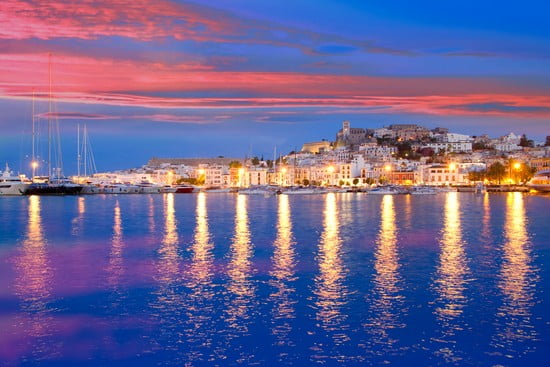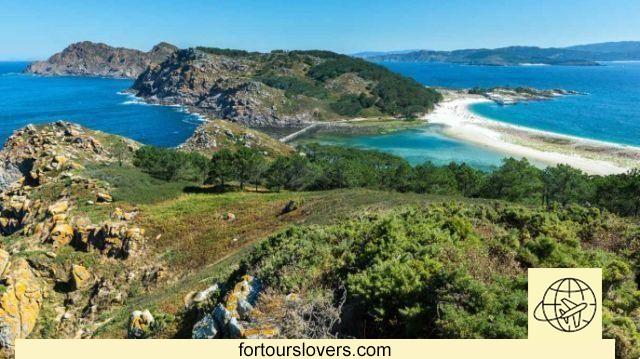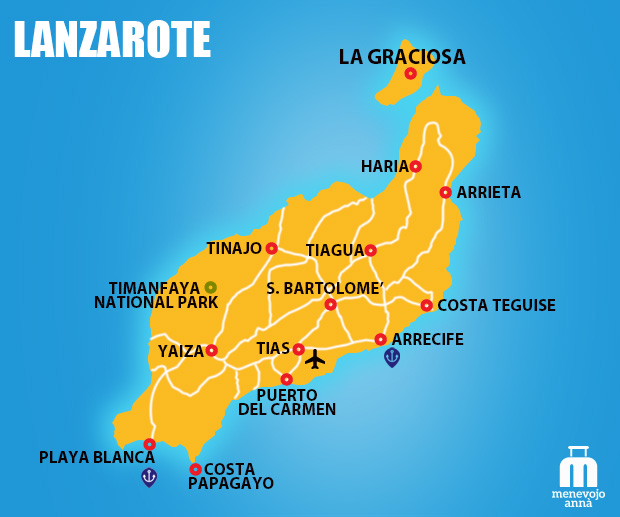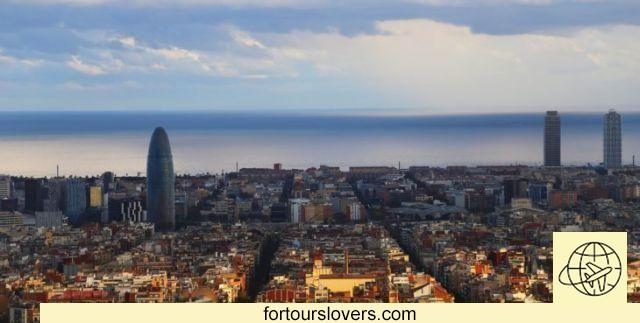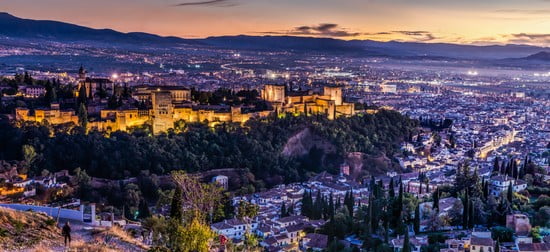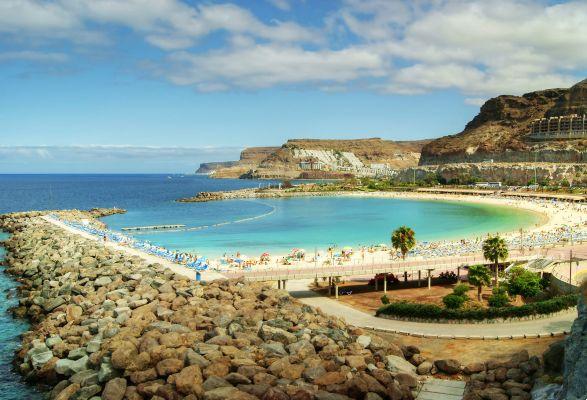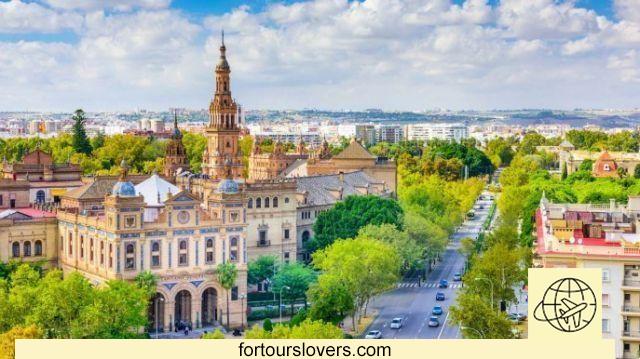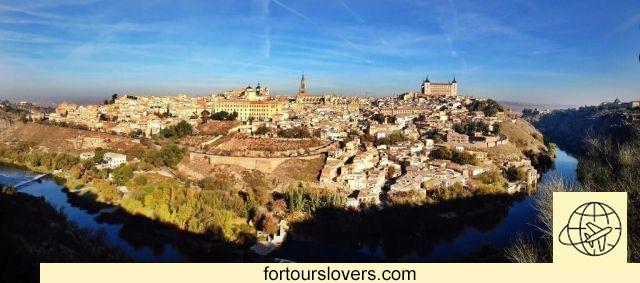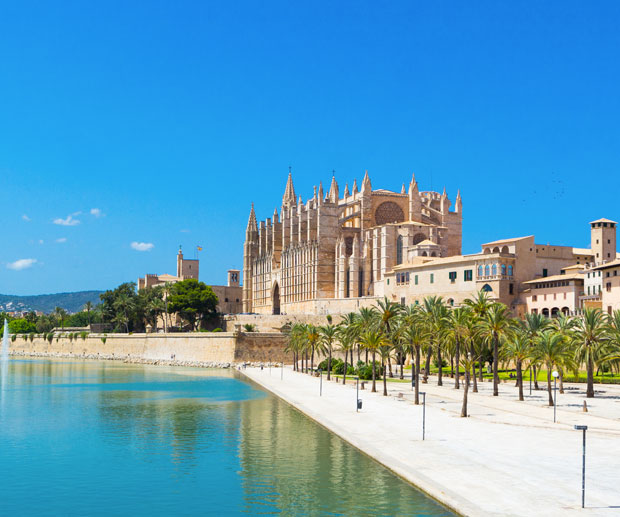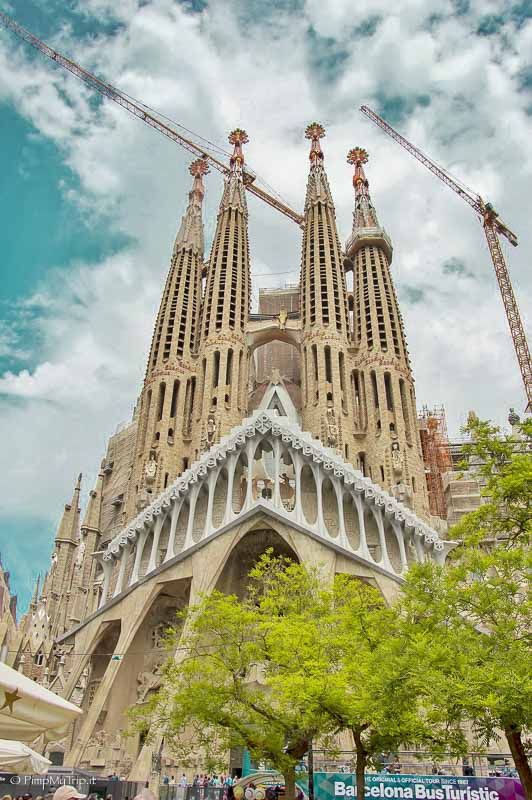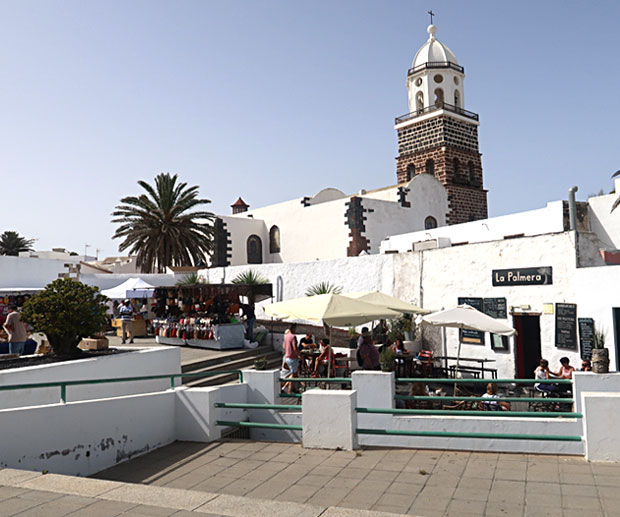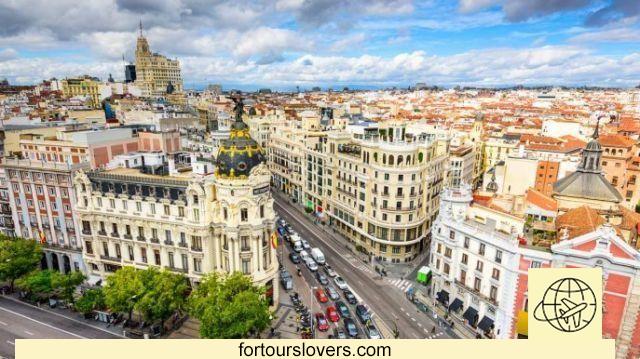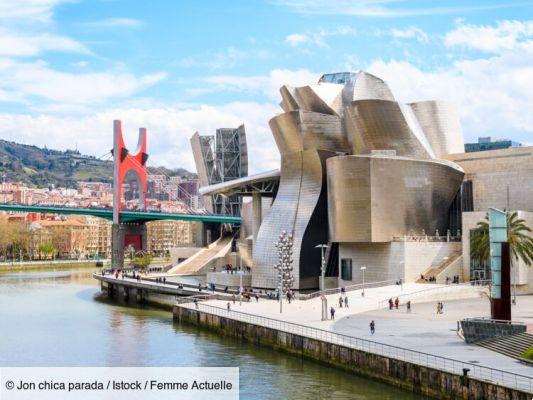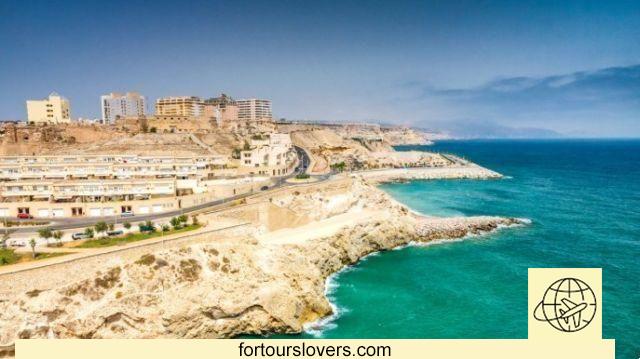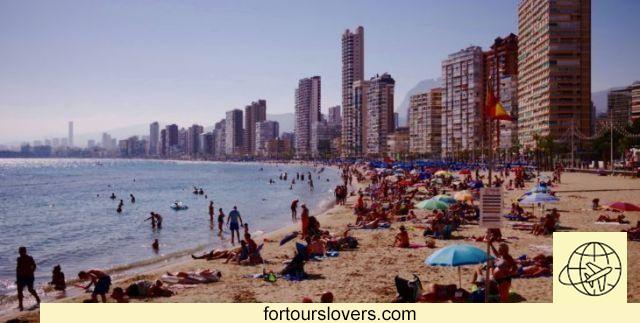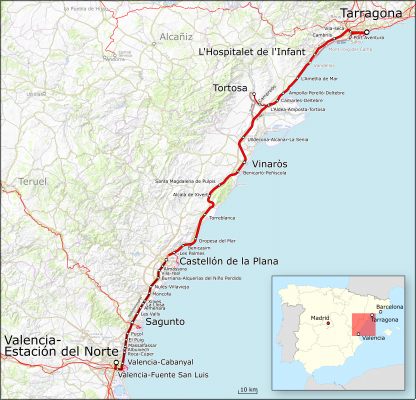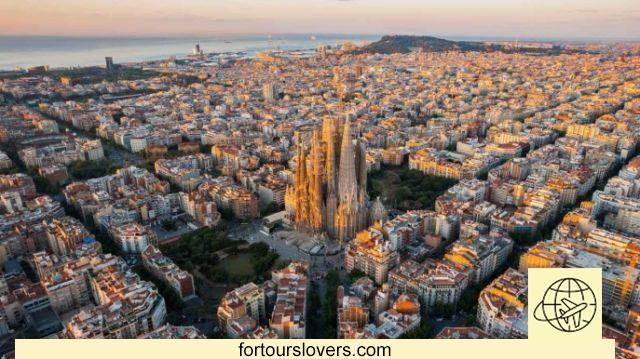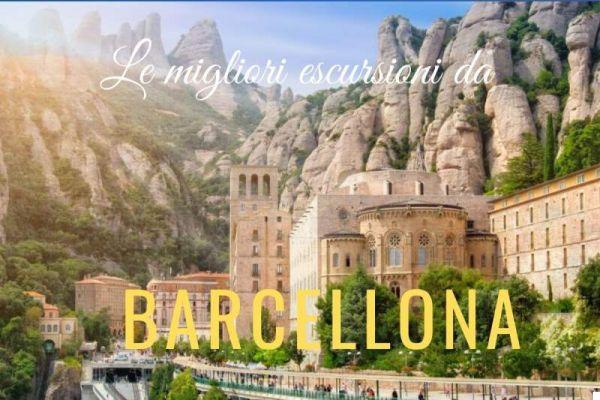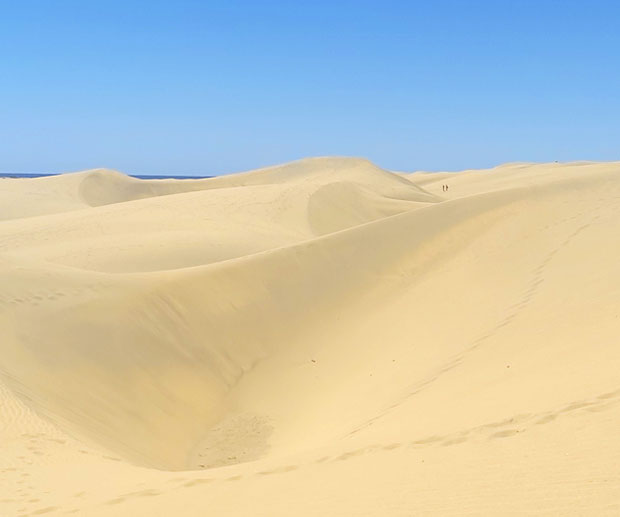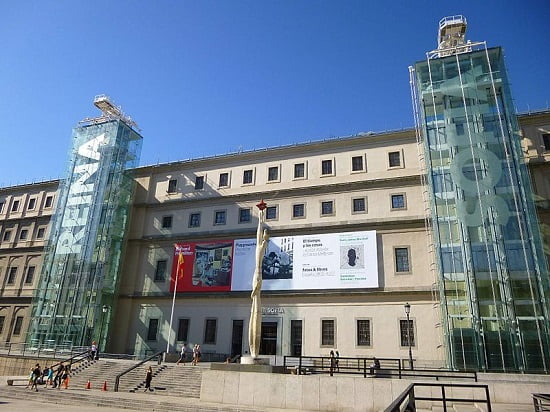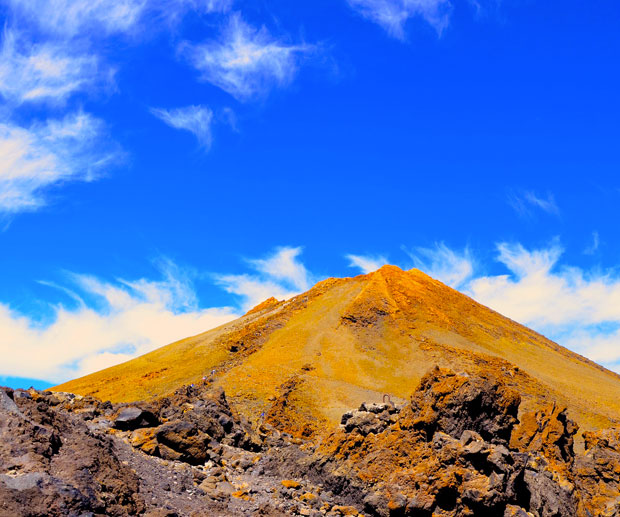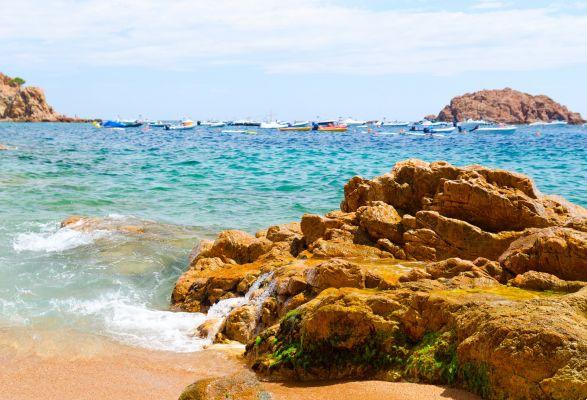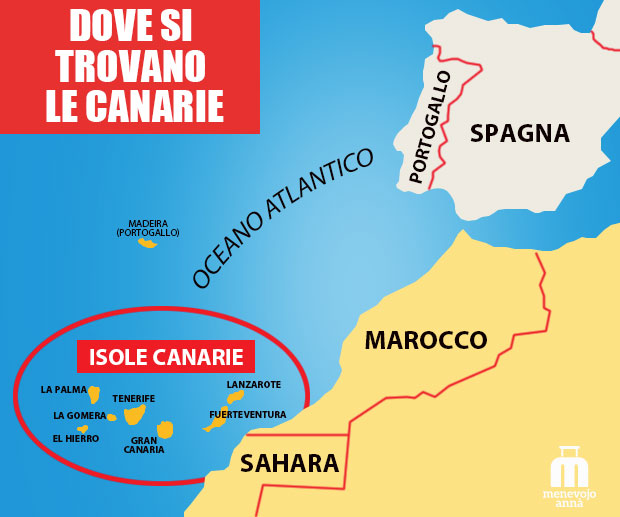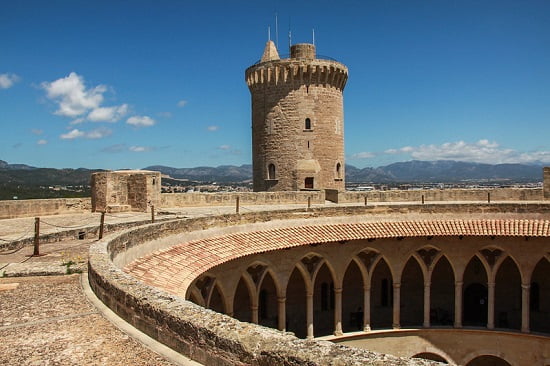Ibiza is one of the Spanish islands with the greatest contrasts for the landscape and for the tourists who arrive.
The Greeks called Ibiza and Formentera, the Islas Pitiusas (Pine Islands). The landscape is rugged and rocky and very little rain falls on the island during the year. Alongside the hardy pines, the most common crops are olives, figs and almonds.
Surprisingly, half of the island (in particular the north-east is quite unspoiled) remains covered by dense woods, and traveling the secondary roads of the north is surprising for the rural landscape that is encountered, very different from what everyone associates with the island. of Ibiza.
The rugged coast is interspersed with dozens of sandy beaches, which especially during the summer are besieged by thousands of tourists arriving on the island. The success of the island of Ibiza was born in the period of flower power, a European movement very similar to the hippies of North America.
In 1956 12 cars were circulating on the island of Ibiza, but from then on it can be said literally that tourism exploded on the island, making it the island's first economic source and launching tourism throughout Spain. Birthplace of rave, Ibiza is home to some of Spain's most important and famous clubs and discos.
During the summer on the island the most important disco parties in Europe are held with international DJs, and from here the fashions are born that then move throughout Europe. The population is around 110 thousand people, but 4 million tourists and visitors land every year at Ibiza airport alone.
